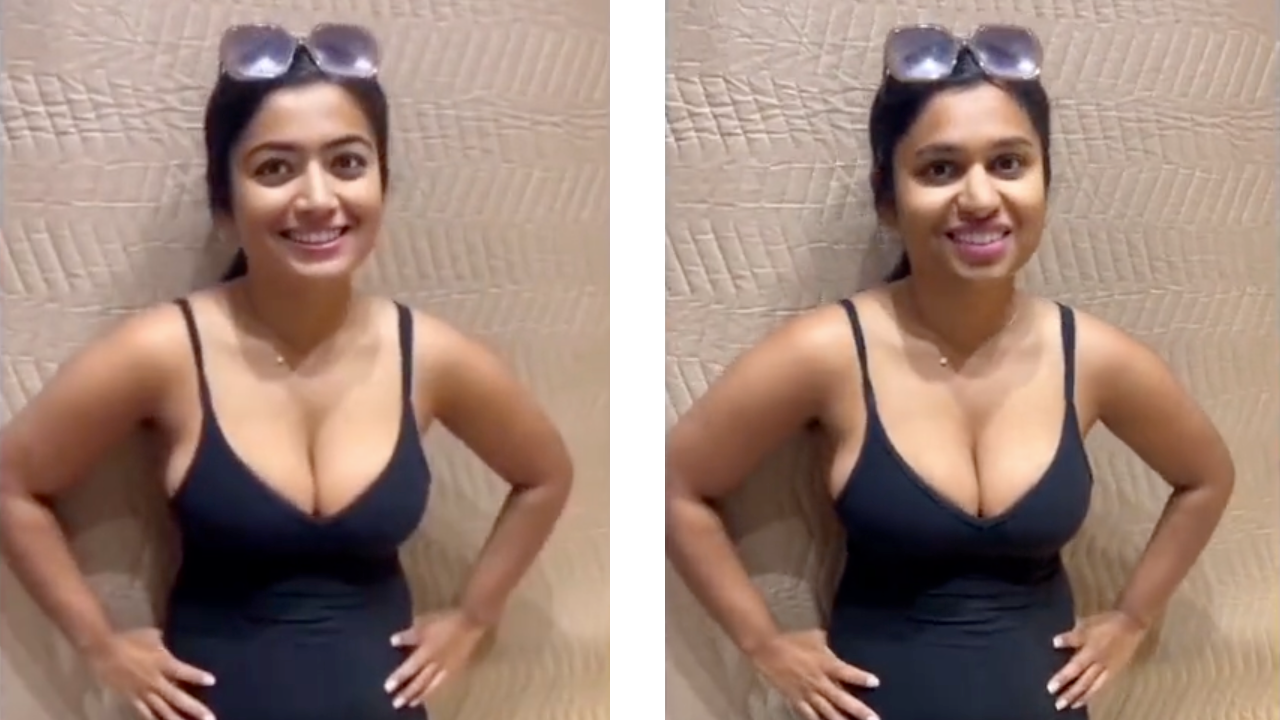A viral video showing what appears to be actress Rashmika Mandanna getting into an elevator has been revealed to be a deepfake. The video is extremely convincing to the average social media consumer, but there are some telltale signs of fakery if you look closely.
The deepfake video has been seen millions of times, including at least 2.4 million times on X, the social media platform formerly known as Twitter. Abhishek Kumar, a journalist from India, tracked down the fake video’s origins and called for new “legal and regulatory” frameworks to deal with fake images online.
The original video was posted to Instagram on October 8 and features a woman named Zara Patel. There’s no evidence that Patel was involved in creating the deepfake version of the video. It’s not clear who created the fake version or why they did it, but celebrities in a number of different industries have seen fake videos of themselves in recent years.
As you can see in this side-by-side from both the fake and real version of the video, Patel’s face can be seen at the start of both.
But after roughly a second, the face morphs into that of Rashmika Mandanna, a popular actress in Indian cinema who first won acclaim in 2016 and has gone on to win numerous awards.
And while the fakery might seem obvious when the two videos are played side-by-side, it’s not at all clear that this deepfake is artificial when viewed quickly in someone’s social media feed. After all, humans aren’t designed to apply skepticism to literally every photo and video we see. Being on constant alert for fake images can be mentally exhausting and runs counter to why people use social media in the first place—as a way to both relax and just take in media from around the world.
The internet has always had fake images, but the rise of deepfake video has been a real problem in recent years. Deepfake tools allow just about anyone to create convincing videos using someone else’s face and put them in situations they never actually experienced. As the Wall Street Journal reported this past week, an investigation has been opened at a high school in New Jersey after students there made fake nude images of fellow students with AI-assisted tech.
But even the relatively mundane fakery that’s now flooding websites like X, Facebook, TikTok, and Instagram is a real problem for our ability to trust the things our eyes are seeing. And with the 2024 presidential election just a year away, political fakes are likely to increase, especially as the presumed Republican nominee for president, Donald Trump, embraces AI images of himself on Truth Social.
Again, fakery is nothing new and even predates the internet. One famous photo of Teddy Roosevelt riding a moose was first created in 1912 and still fools internet users to this day. But the tools for creating fake images are progressing at a rapid pace. You really can’t even believe your own lying eyes these days.
Read the full article here





